
Horizontal Violence is a prevalent concern in the profession of interpreting. It causes disharmony, burn out and unsuccessful work. The Demand Control Schema approach to discussing our work could be the answer to lessening the internal strife of our profession.
[Click to view post in ASL]
When did it become acceptable to judge our interpreter colleagues? How did we learn that negatively judging someone’s skills, decisions and professionalism was a good way to behave in our profession? Carl Rogers spoke of unconditional positive regard as a psychological approach to allow a person to reach their full potential as a human being. “The main factor in an unconditional positive regard is the ability to be able to isolate behaviors from the person who commits them” (Rogers, 1961). What if we, as sign language interpreters, could adopt that approach to advance our profession? Overly-critical perspectives of each other have detrimental effects on the collaborative environment required for working interpreters to be successful. Yet this tendency is prevalent in the field, leads to interpreter burn out and plagues our ITPs. So where did it start and most importantly, how do we stop it?
Horizontal Violence
Fellow interpreter, Emily Ott, focused her Master’s thesis on intergenerational communication concerns in the sign language interpreting community and found a disturbing trend in our field, horizontal violence.
“Begley and Glacken (2004) characterized the behaviors of horizontal violence as a broad range of antagonism, including “gossiping, criticism, innuendo, scapegoating, undermining, intimidation, passive aggression, withholding information, insubordination, and verbal and physical aggression. Other specific behaviors include…subtle or overt insults and ridicule, ignoring the victim, making demands that are impossible for the victim to fulfill, or devaluing a person’s work or efforts” (Ott, 2012).
Due to lack of specific research on sign language interpreters, Ott’s research focused predominately on other professional fields with similar characteristics to the sign language interpreting community. “…the fields of nursing and education, which, like interpreting, are service professions where work is done with people. Also, like interpreting, those fields are both comprised of more than 75% women (Ott, 2012). As I read more about the topic of horizontal violence, I realized I had witnessed some of these behaviors personally, and/or had worked with mentees who described such experiences as they worked with colleagues. I felt a sense of relief in discovering that these experiences had a name and that other professions are plagued by the same behaviors. Then, I was filled with dread, knowing the phenomenon of horizontal violence has a name and it was prevalent enough as to be researched and identified.
The field of sign language interpreting is young and the growing pains have been rough. Rotating certifications, increasing education requirements, price competition and progressive use of technology at the cost of best practices have taken their toll. Rather than working together and striving towards the greater good of communication access for an underserved community, sign language interpreters draw lines, build walls and work in fear. We claim we want to be allies for the Deaf community. First, however, we should learn to be allies with ourselves; we should start with our colleagues.
“Harvey (2008) found that interpreters tend to be critical and unkind toward one another as a consequence of witnessing oppression regularly, a situation that causes interpreters to behave like oppressed groups. Freire (1992) would argue that the gender composition of the interpreting field, at 87% female, is the reason interpreters behave like an oppressed group, because the field’s members experience oppression themselves” (Ott, 2012).
Whatever the underlying cause, the symptoms of Horizontal Violence are prevalent. The tendency to point out colleagues’ shortcomings creates hurt feelings, distrust, burn-out and shrinks the qualified interpreter pool as sign language interpreters seek more affirming professional outlets. If we are approaching our work from a basis of fear of judgment, we will never do our best, take chances or advance to a better place.
Focus on the Work
Sign language interpreters are taught how to identify language errors very early in our careers, but we are not taught how to collaborate towards a common goal in our work or how to talk about our work in a safe, neutral way. The words “you did” and “I would have done” fall out of our mouths like old habits. We often focus on the person, rather than the work product. We forget that interpreting is an art, not a science and immediately fall into the “right sign, wrong sign” mode, which we know is not the true way we operate. We know sign language interpreters live in an “it depends” world of work, and yet we take the deontological, or rules-based, approach to judge other professionals’ choices without insight into the unique contexts and thought processes that resulted in that choice. I would suggest that this is not the best approach to our work; do we not have an obligation to rise above?
Reflective Practice
Earlier this year, I had the opportunity to join a supervision or reflective practice group rooted in the demand control- schema (DC-S). For more information, see Robin Dean’s post, Ethical Development: A Sign of the Times for Sign Language Interpreters? At first, I did not feel qualified to be a part of the group and hesitated to join. While I have seen Robyn Dean and Dr. Pollard lecture on several occasions and felt I had a good working knowledge of DC-S, I knew I still struggled to articulate the aspects of the DC-S and lacked the skill of properly identifying the demands and controls of an interpreting assignment. Nevertheless, I joined; the group consisted of a small group with members from the U.S. and abroad which met online twice a month for two hours for five months. My group facilitator had a wealth of knowledge and understanding of DC-S and had been specifically trained to be a group Supervisor. As the meetings progressed, I realized that I was not alone in my struggles and the facilitator assured the other members and me to “stay with the (DC-S) structure, and trust the process.”
As I got ready to present my first case, I was nervous. Preparing to present gave me the opportunity to reflect on all the demands I was dealing with in this situation – multiple players, politics, medical views of Deaf and Hard of Hearing people, power dynamics, systems barriers, etc. As Kenda Keller states in her article, Case Discussion: Sign Language Interpreters Contain Their Inner “What the…!!!?” , the self-discovery of this process (reflective practice) is profound. Merely taking the time to write down all the demands I encountered during the assignment, as well as the controls I employed, was enough to help me realize (after the fact) just how complicated this situation was to interpret.
As presentation day approached, I focused on the case and the ground rules that had been established at the start of the sessions:
-No judgment language
– Keep the dialogue focused on the case
– Speak when moved
– Confidentiality
– Agree to Disagree
– Unconditional Positive Regard
As I presented and the discussion progressed, I felt enormous relief – as if a weight I had been carrying was suddenly lightened. The ability to speak freely about the choices I made and the reasons I made them allowed for an honest discussion about what interpreters do in our daily work and how we affect the dynamics of an often fluid and ever-changing situation. Ironically, immediately after this interpreting job, I had felt bad and guilty about some of the controls I had employed but after reflecting with my group, I realized all the decisions I had made were based in real professional values. Additionally, I realized the resulting demands did not always have anything to do with me and my applied controls. At the end of our meeting, my interpreting case was not ‘solved’ but having other professional view points, neutral perspectives and new ideas for controls allowed me to go back into this job with a fresh perspective. I may not change applied controls drastically but I will know that I now have more options and a thorough understanding of the reasons behind my choices.
Join Us
In the end I was grateful for the opportunity and look forward to doing it again. I also look forward to working a case with fellow colleagues in this group, and future groups. Sign language interpreters know the work is difficult. We use controls during an assignment that we sometimes later wish we could take back. But, at the time, and in the moment while we are working, those controls were the best option we felt we had, knowing what we knew. Hindsight is 20/20. Rather than criticizing each other (or ourselves), we need to take those experiences, discuss them in a professional, positive manner and grow. In order to be true practice professionals, we must incorporate case conferencing into the education of future interpreters, as well as our current approach to work.
“Much as horizontal violence leads to professionals being wary of supervision, Catalano and Tillie (1991) found that teachers at all levels who participated in supervision and mentorship felt more engaged, connected and empowered to develop as professionals” (Ott, 2012).
All practice professions need to have a safe place that allows them to honestly analyze, understand, and critique their work. This is no different for the sign language interpreting profession, as Dean and Pollard have pointed out (Dean and Pollard, 2013). Only then will this profession advance and become the effective and ethical profession it can be. It is natural to feel that when we do something, it is with the best intentions. However, we often do not extend that consideration to others. Let us work together to change, so that we may assume of others what we assume of ourselves.
For more information on interpreter case conference opportunities please visit http://demandcontrolschema.com/ and sign up for the e-mail blasts from Robyn Dean and Dr. Pollard.
Questions to Consider
- What are some of the underlying causes of horizontal violence?
- Where do you believe horizontal violence is learned in our field and can we prevent it?
- How does Horizontal Violence affect the communities we work with?
- What have some of your experiences been with DC-S?
Related StreetLeverage Posts
How Do Sign Language Interpreters Avoid Mentoring’s Dodgy Undertow by Lynne Wiesman
Why Do Qualified Sign Language Interpreters Get Less Work? By Kendra Keller
Sign Language Interpreters: Breaking Down Silos Through Reflective Practice by Anna Witter-Merithew
References
Dean, R., & Pollard, R. (2004). A practice-profession model of ethical reasoning. Views, 21(9), 25-28.
Dean, R. K., & Pollard, R. (2001). Application of demand-control theory to sign language interpreting: Implications for stress and interpreter training. Journal of Deaf Studies and Deaf Education, 6(1), 1-14.
Ott, Emily K., “Do We Eat Our Young and One Another? Horizontal Violence Among Signed Language Interpreters” (2012). Master’s Theses. Paper 1.
Rogers, C. R. (1961). On becoming a person: a therapist’s view of psychotherapy. Boston: Houghton Mifflin Company.
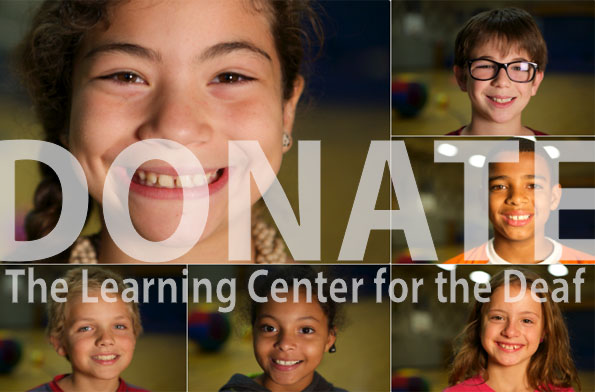


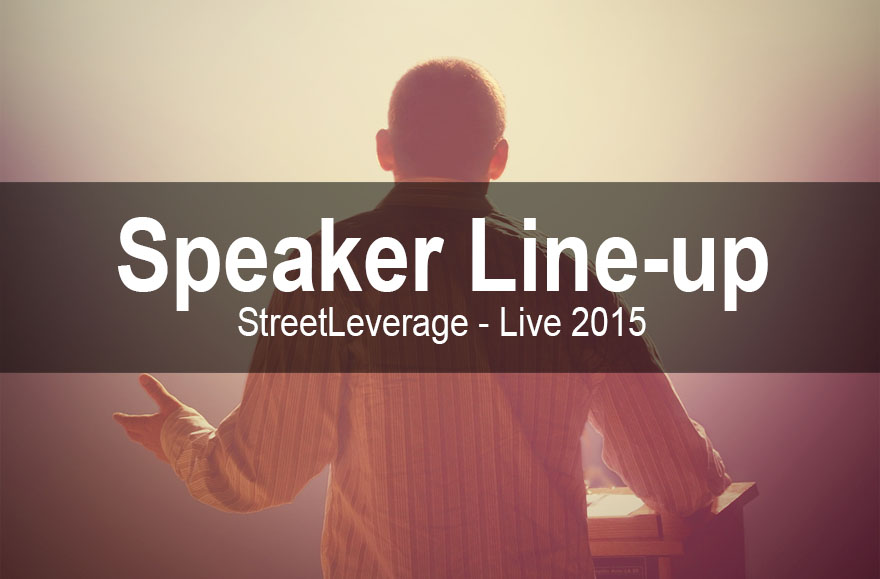
 Jimmy Beldon
Jimmy Beldon
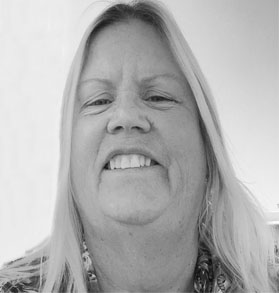



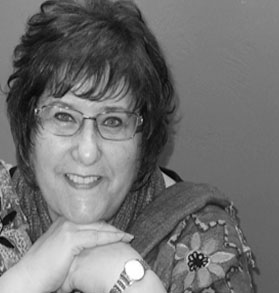


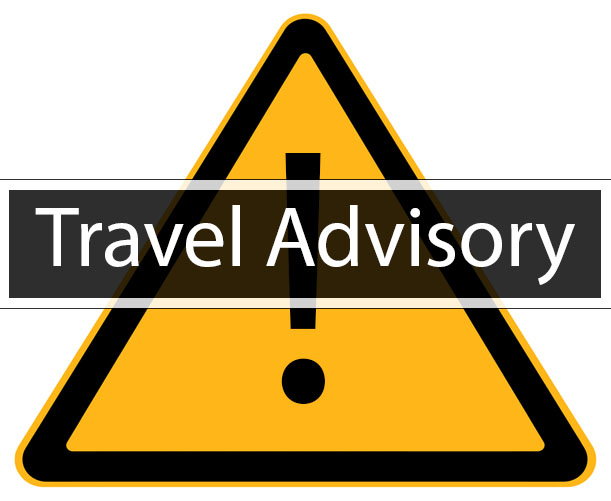
 Boston Metro Will be Busy During StreetLeverage – Live!
Boston Metro Will be Busy During StreetLeverage – Live!



